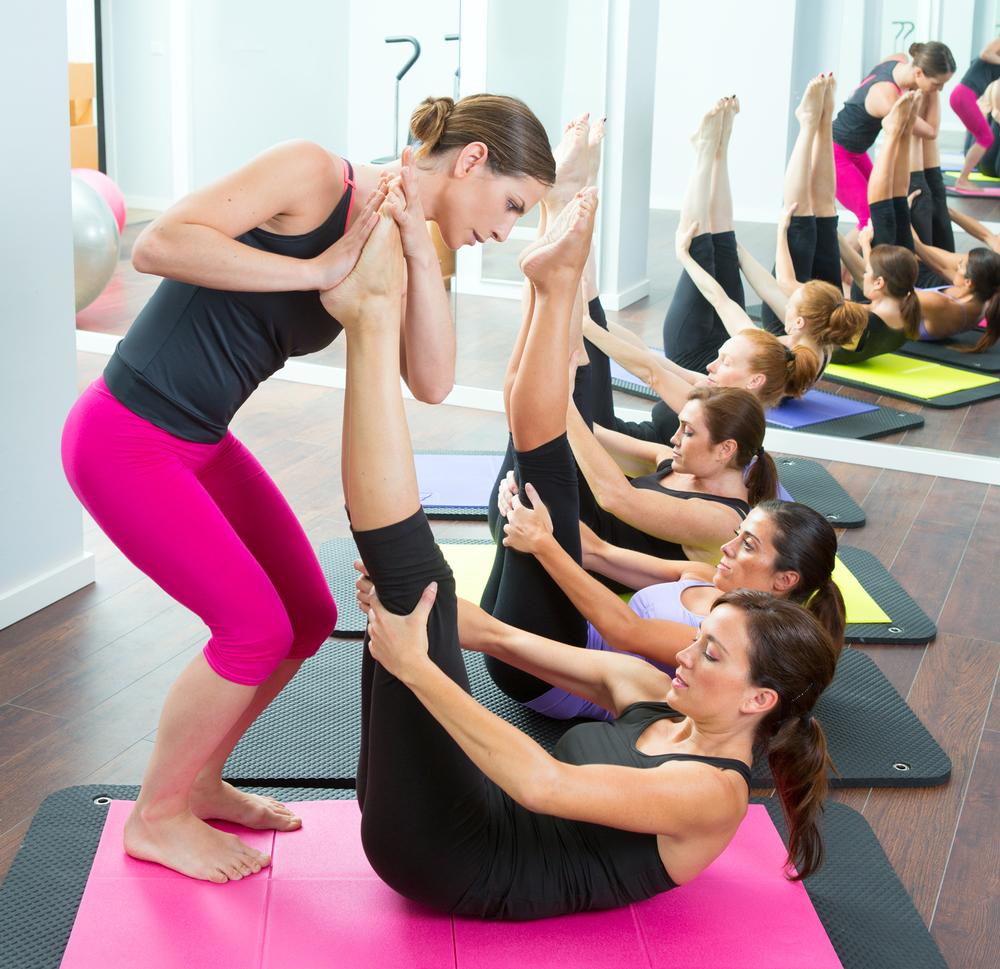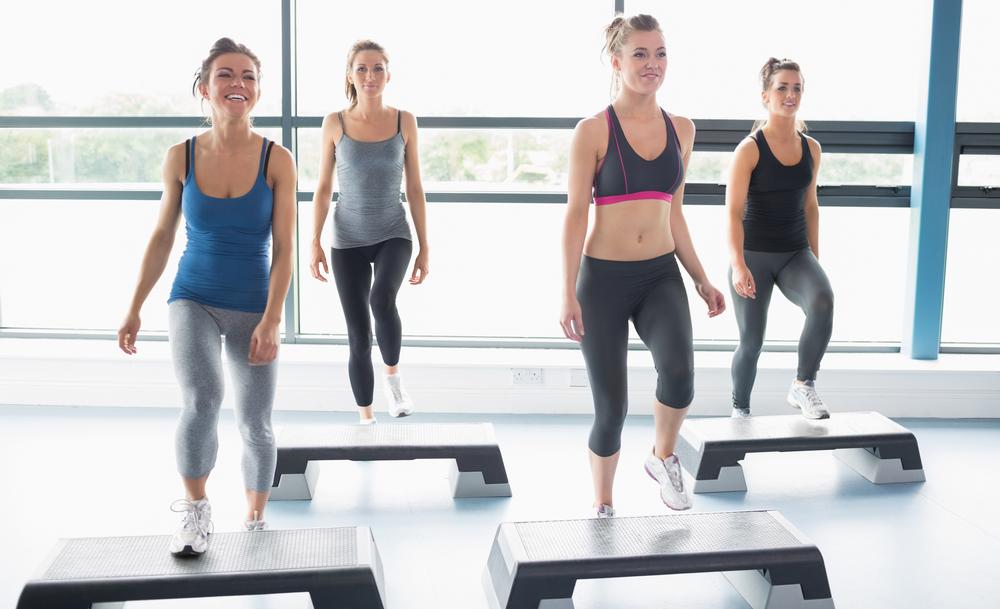Imagine following a member from their point of joining, through all their visits, interactions, cancellation, joining your competitors, cancelling – all the time analysing their behaviour and asking how they feel and why they’re making the decisions they are. Doing this with five people would generate incredible understanding; doing it with 10,000 would give our industry the knowledge it needs to grow the market, meaning a bigger slice for all.
And that’s what the ambition has been with the creation of the TRP 10,000™ – the biggest and most comprehensive survey of member behaviour ever carried out in the health and fitness industry (see p39 for details).
Over the coming months, Health Club Management will publish the results from TRP 10,000 based on key themes. The focus of this first article will be on what club activities members do, and specifically who participates in group exercise and who uses the gym only. We’ll also examine whether members who usually attend for group exercise have higher retention rates than members who work out in the gym only.
Data and analysis
The results here are for members who completed the survey between July and September 2013, and who were followed up until the end of January 2014. During the follow-up period, 1,526 of the participating members cancelled their membership. From a list of 11 options – they could also tell us about things not on the list – they were asked what they usually visited their club for, and could give multiple answers. Members who listed either ‘exercise class’ or ‘group cycling class’ in their answers were classed as group exercisers, while those who only listed ‘workout in the gym’ were classed as gym-only.
Results
Figure 1 shows what members reported they usually did when they made a club visit. Clearly, working out in the gym is the most common reason for attending, followed by an exercise class, swimming and group cycling classes.
Forty-eight per cent of members reported just one activity as the usual reason for a club visit; 32 per cent reported two, and 20 per cent reported three or more. Figure 2 shows how group exercise (group cycling combined with exercise class), swimming and gym workouts group together. Attending for a gym workout only was reported by 40 per cent of members, with nearly a fifth of members reporting a combination of gym and class. Just 13 per cent of members report visiting their clubs for a class only, with 66 per cent of class-goers also reporting they visit the gym (not in Figure). Similarly, swimmers tend to do multiple activities, with only one in 20 reporting swimming as their only reason for visiting the club.
The rest of this article will focus on two groups of members: those who report using the gym only, and those who report their usual reason for attending is group exercise (exercise class or group cycling class) alone or in combination with another activity.
Solo versus group
How do gym-only and group exercise members differ from each other? Those belonging to these two groups show variances by gender, age, membership length, club history and visit frequency (see Table 1, p38). As might be expected, group exercise was reported more by females than males; the reverse was true for gym workouts. Gym-only members tended to be younger, while the proportion of members reporting group exercise increased with age.
Longer-term members are less likely to report gym only and more likely to report group exercise compared to new members. Members who have been members of multiple clubs are more likely to report only working out in the gym compared with members for whom this is their first ever club. Finally, there is very little difference in visit frequency between the two types of members.
Impact on retention
So does group exercise actually increase retention compared to gym-only, as has often been anecdotally reported?
Retention rates were calculated based on the time from survey completion (when all members were live) to either the cancellation date (for cancelled members) or 31 January 2014 for live members. Figure 3 shows the retention rate is higher for group exercisers compared to gym-only exercisers.
As of the 31 of January 2014, 88 per cent of group exercise members retained their membership, compared to 82 per cent of gym-only members. The risk of cancelling between completing the questionnaire and the end of January 2014 was 56 per cent higher in gym-only members compared to group exercisers (27.6 cancellations per thousand per month versus 17.7).
However, gym-only members differ from group exercisers by the factors in Table 1 – and these factors in themselves may affect retention and the risk of cancelling. Therefore, it’s important to test whether differences in cancellation rates are definitely due to group exercise rather than these other factors. When we do this, group exercisers are still 26 per cent less likely to cancel than gym-only members: there’s something unique about group exercise that leads to better retention that’s not fully explained by gender, age, membership length, club history or visit frequency.
Summary
The results of this study are not a test of exercise classes versus gym, as 66 per cent of members who report group exercise as their usual reason for visiting also report working out in the gym.
What the results do tell, however, is that in both sexes and all age groups, including group exercise as part of a member’s exercise routine increases retention compared to the four in 10 who exclusively work out in the gym.
Gym-only members tend to be younger males who are new joiners entering the industry for the first time. The longer they’re a member, the more likely they are to include group exercise in their routine. The challenge is there to encourage young males into group exercise earlier in their membership: if successful, this would improve their retention and their churn rate.

























































